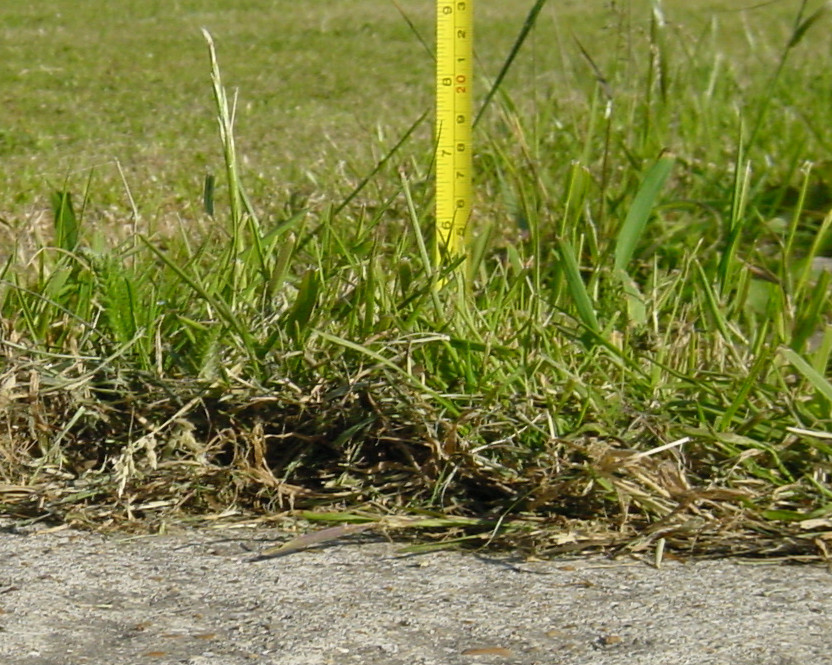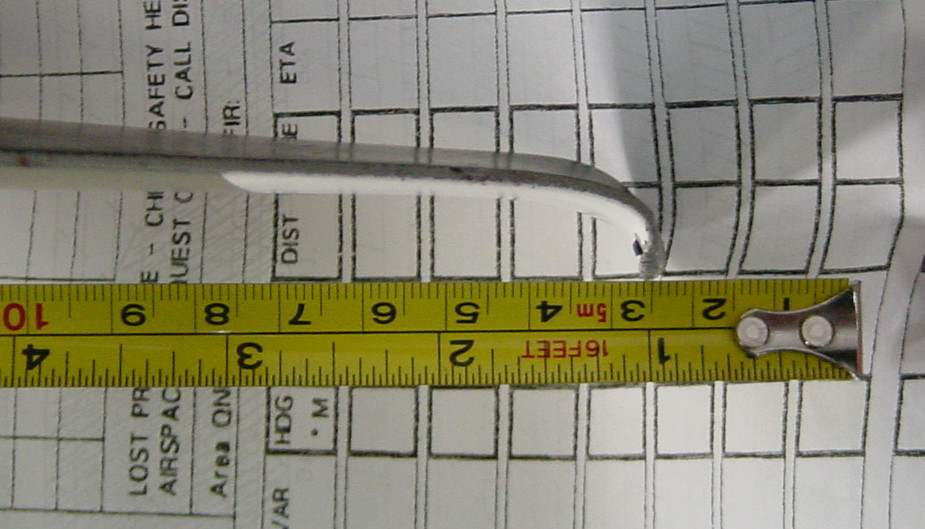The landing gear of the Cirrus is part of the passive safety system. Together with the honeycomb blocks in the seats it destroys a lot of the energy when the plane lands under the parachute, assisted by the carbon fibre roll cage and the airbags in the front seatbelts.
Flyer59 wrote:
The landing gear of the Cirrus is part of the passive safety system. Together with the honeycomb blocks in the seats it destroys a lot of the energy when the plane lands under the parachute, assisted by the carbon fibre roll cage and the airbags in the front seatbelts.
All good stuff, and what one finds in a modern Part 23 Certified aircraft these days not limited to Cirrus !
Talking about safety features: It should be of no surprise that the most “collisions” occur during the TO & Landing phases where the CAPS is totally useless.
IMHO, many more lives and limbs have been saved through the use of “passive” safety equipment, ex. 9G seats, proper safety harnesses and air bags, than CAPS !
Wrong, there have been two midairs where the occupants were saved by CAPS. Most collisions occur near airports and in the traffic pattern, statistically. The lowest successful deployment was 400 ft AGL. The last one way yesterday. A USAF trained pilot and his wife survived a crash in California because of CAPS. That’s survivors 108 and 109. (Probably a bad pilot again).
Last midair:
CAPS event #62, 23 October 2014, near Frederick, MD (CAPS Save #49 )
1 minor injury, 1 uninjured in the Cirrus; 3 fatalities in a Robinson R44 helicopter; Factors: Mid-air collision with helicopter in traffic pattern; Activation: less than 1000’; Weather: VFR; Landing: Trees
These are all other Cirrus midairs i know of:
CAPS event #46, 5 July 2013, near La Guajira, Colombia (CAPS Save #35 )
2 uninjured; Factors: mid-air collision with Cirrus HK-4752; Activation: TBD; Weather: VMC; Landing: ocean
CAPS event #22, Feb 2010, Boulder, CO (not CAPS Save, parachute activated due to impact forces)
2 fatalities in Cirrus, 1 fatality in tow-plane; Factors: mid-air collision between Cirrus SR20 and tow-plane with glider in tow; Activation: high altitude, 8,000 feet; Weather: VMC; Landing: level field
(This was a head-on crash that was not survivable)
There is a problem with fixed u/c which is that if you fit a robust undercarriage with fat(ish) low(ish) pressure tyres then it really does start to have a significant effect on performance, but this is exactly what you need for unmade runways.
I know of some Cirrus owners and groups who are very reluctant to land on grass because of the potential damage to the nose strut. Personally I think poor technique is a significant fact. Pilots are just not very good at keeping the weight off the nose wheel.
I dont entirely understand why retractable u/c isnt designed more often with unmade runways in mind after all there are enough of them. The DA42 and TB20 are examples of reasoably modern aircraft that have pretty awful undercarriages.
Yet Kingairs and Aztecs at two very different ends on the retractable market have robust designs that will work well on grass.
I always land on the main wheels and hold the nose off as long as possible. Taking off from grass Iift the nise wheel off very early and take off in a high angle of attack. Makes the roll a little longer but the t.o. performance is so good that it doesn’t matter.
I have done about 100 grass landings and take-offs until now and except some scratches and two broken wheel pant brackets … nothing.
Flyer59 – yes, I am happy to land a 22 on grass, but I do agree, good technique is important, I think the nose can only take so much abuse. It was shocking how many nose struts one Cirrus group got through which seem to develop cracks relatively easily. I wonder if there is fleet wide evidence or just not many pilots use grass?
No, not many Cirrus pilots use grass runways, it scares them. But the Cirrus is just another plane (in that respect ;-)) and will land fine on grass. The wheel pants will suffer a bit, but … so what.
Grass is fine, until you get one of these


and since these often happen near grass/concrete transitions you can easily get one of these

and then you are looking at 20k or so.
And most pilots who get prop strikes don’t talk about them. I can instantly think of several myself. Top secret stuff. So prop strikes are a much bigger thing than most realise. Quite often the prop is changed without a shock load inspection (or even the most cursory check of say the crank flange run-out).
Flyer59 wrote:
Wrong, there have been two midairs where the occupants were saved by CAPS. Most collisions occur near airports and in the traffic pattern, statistically.
Who said “Mid-air” ???
I meant ground collisions, as in runway over-runs and excursions and baulked TOs .Mid-air collisions are EXTREMELY rare and the one I remember most involved a Cirrus, burning under the CAPS ….